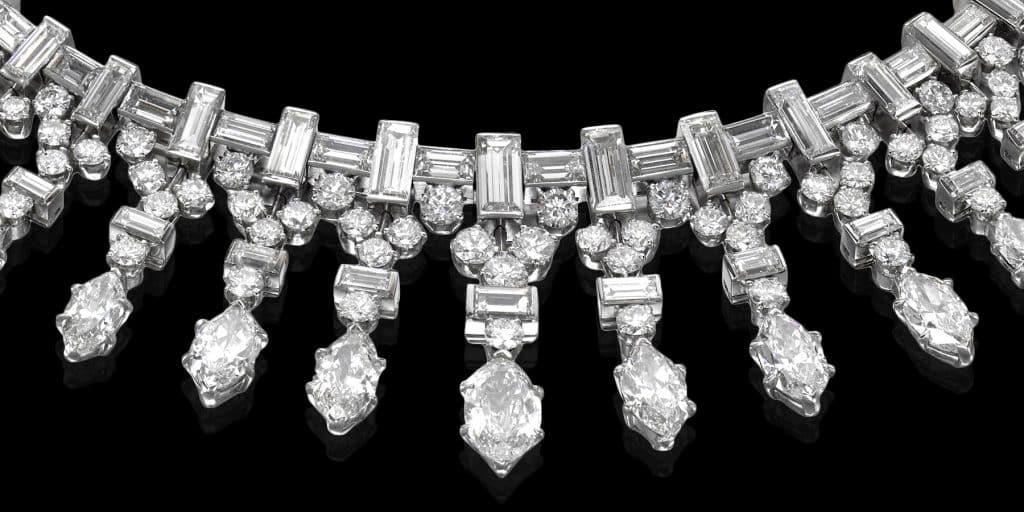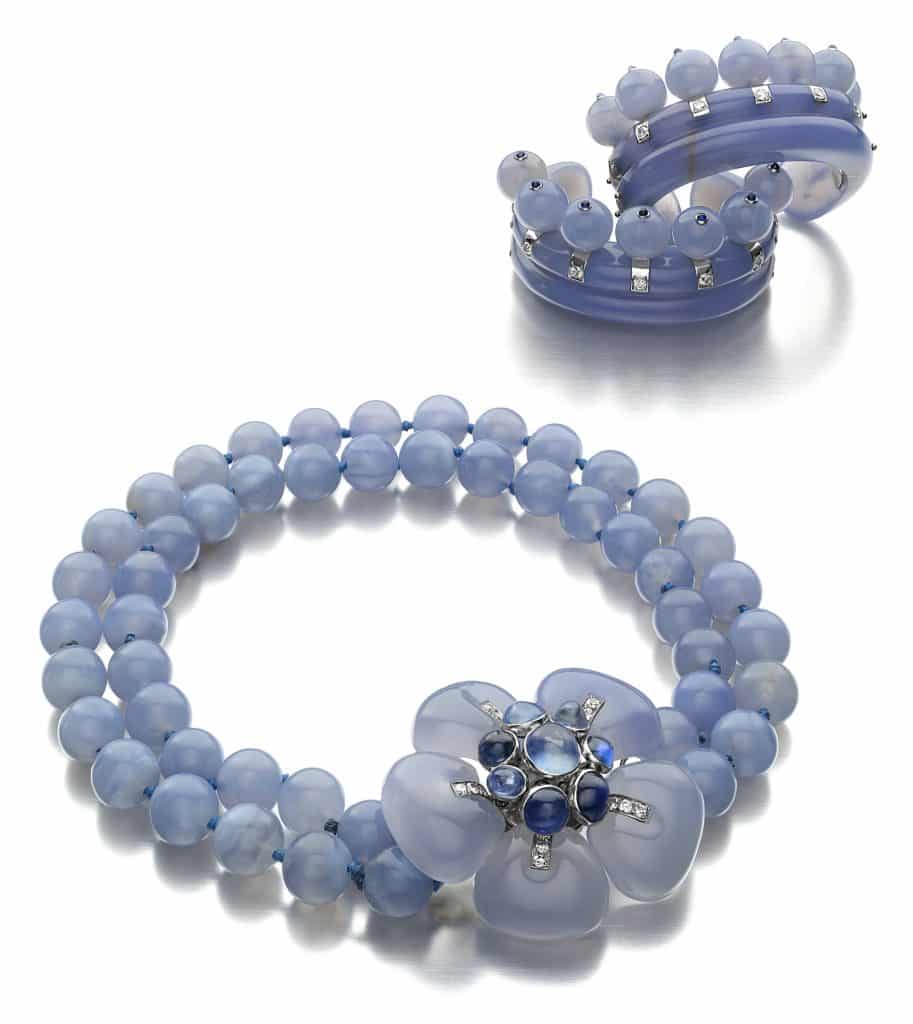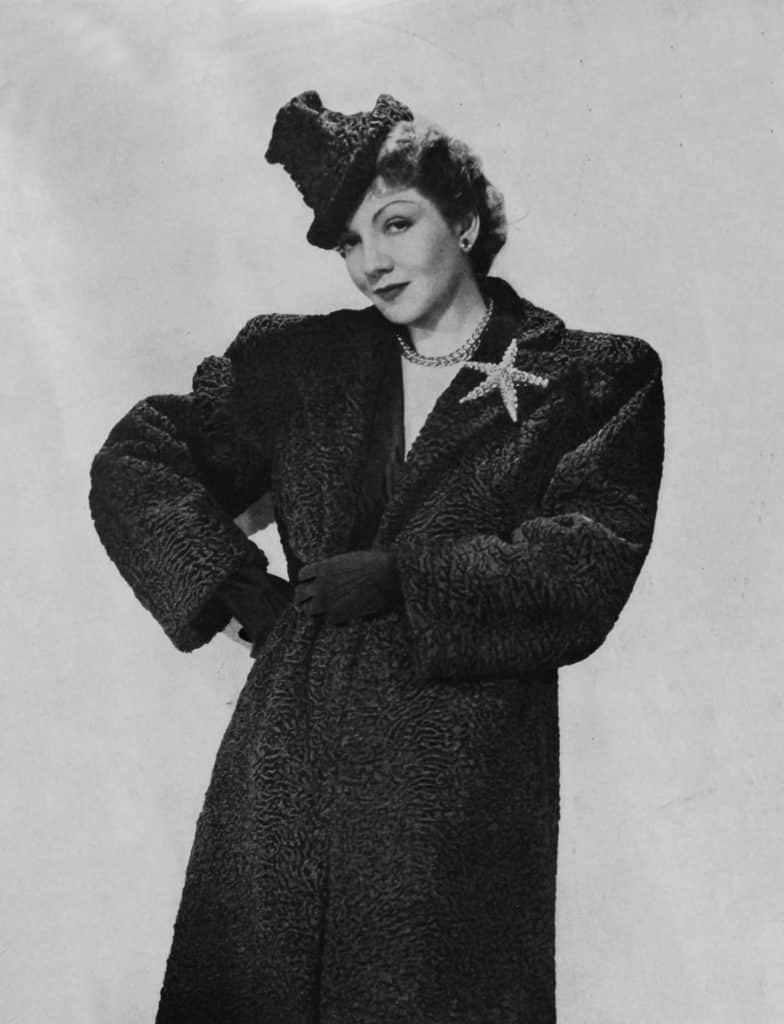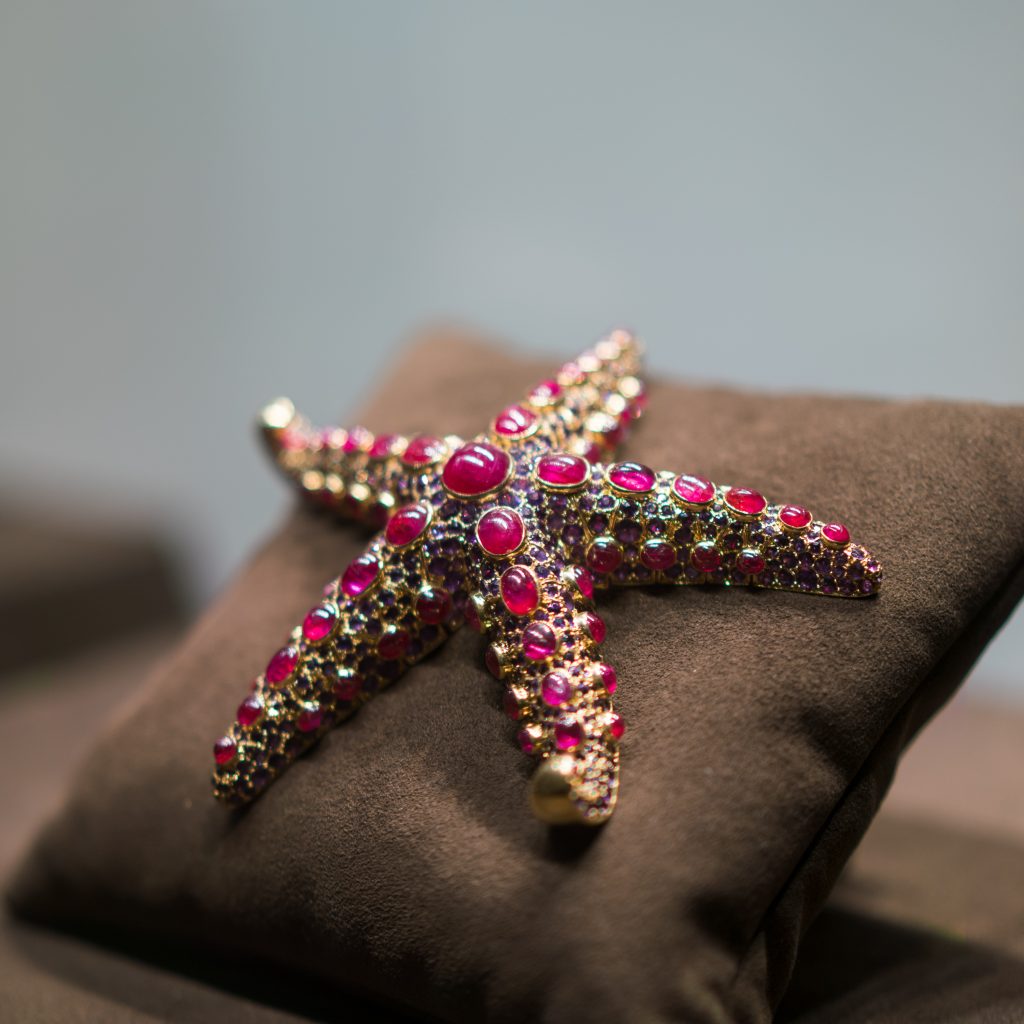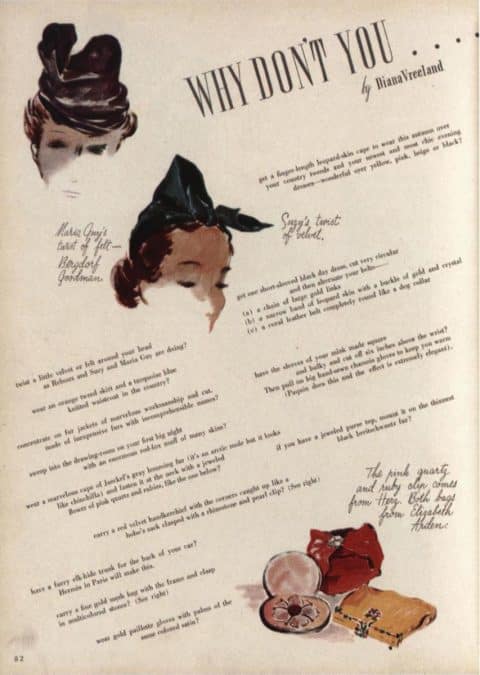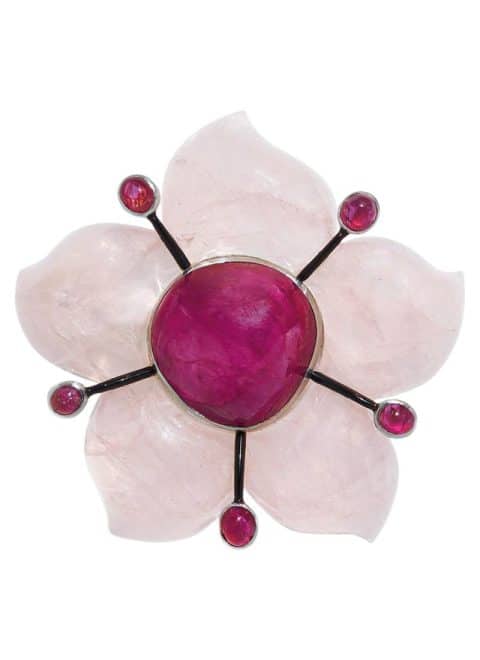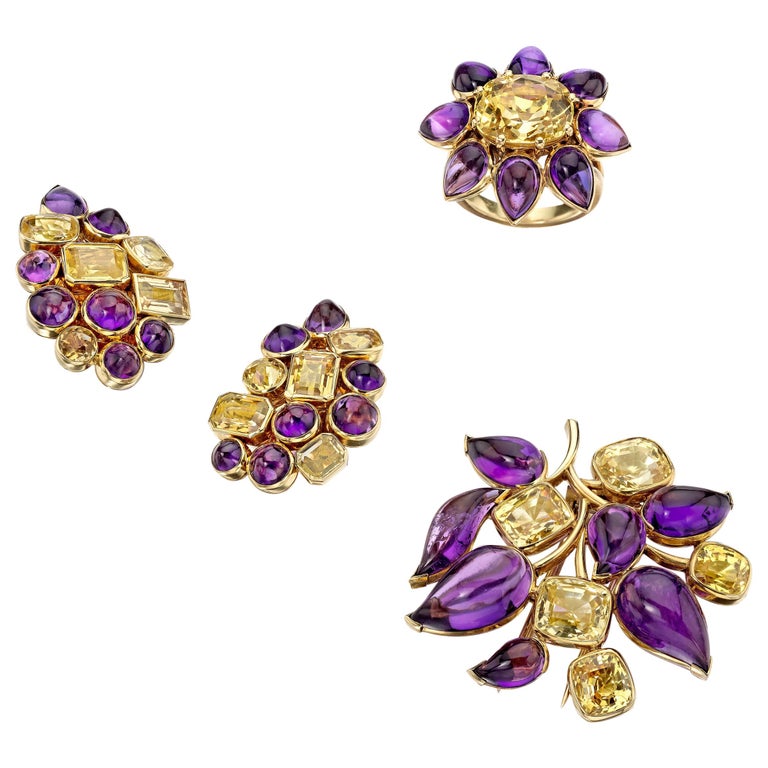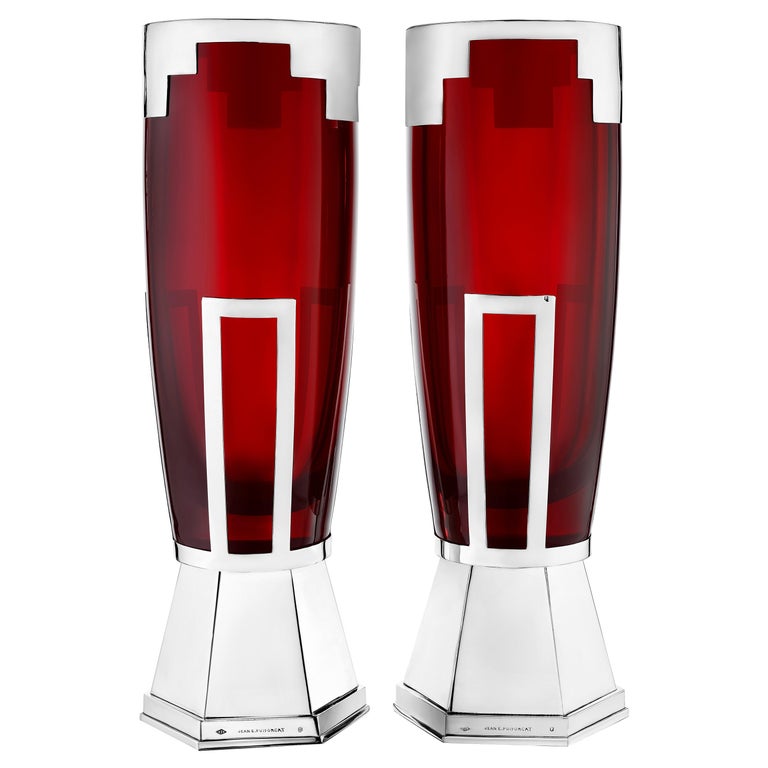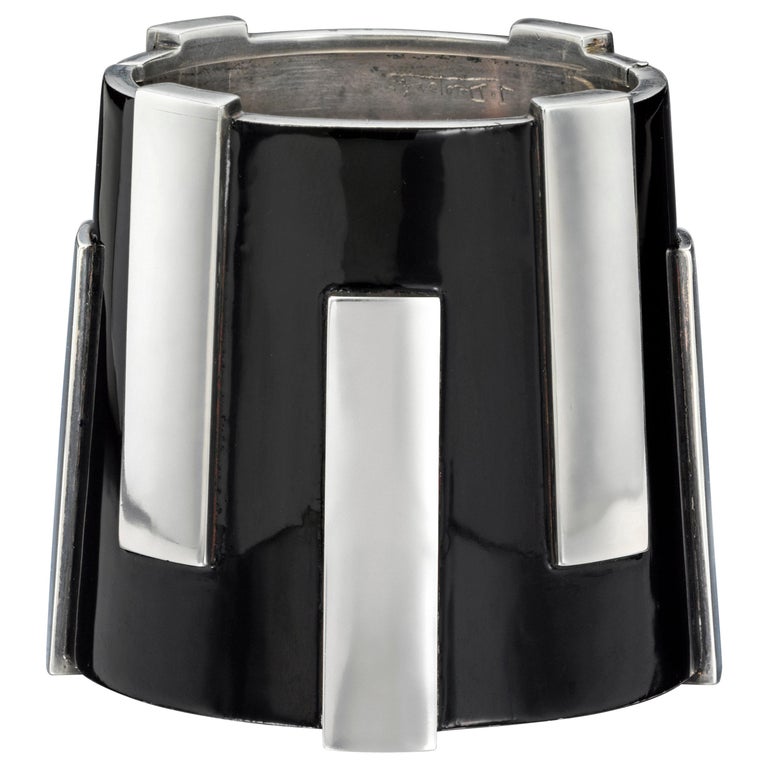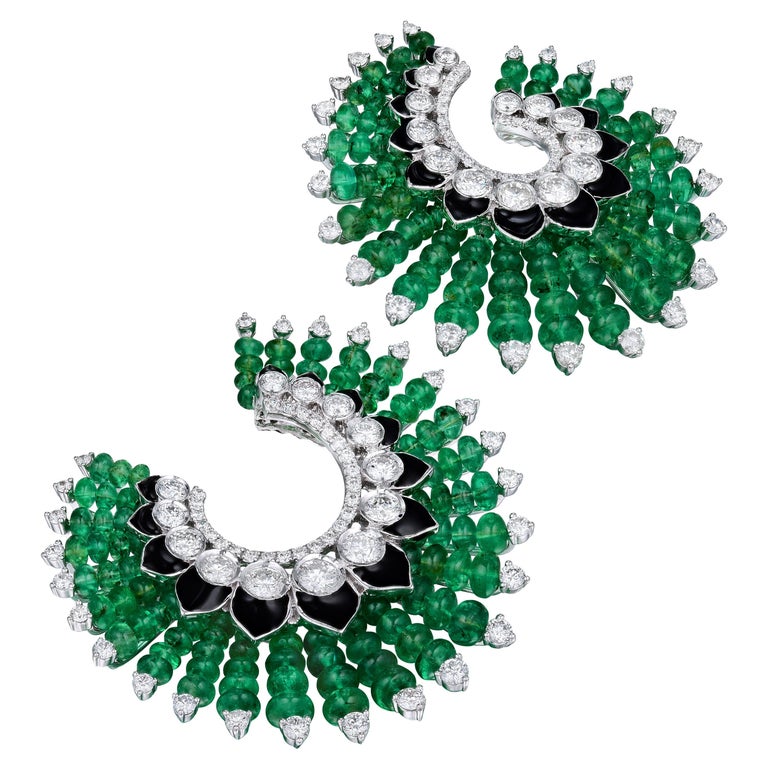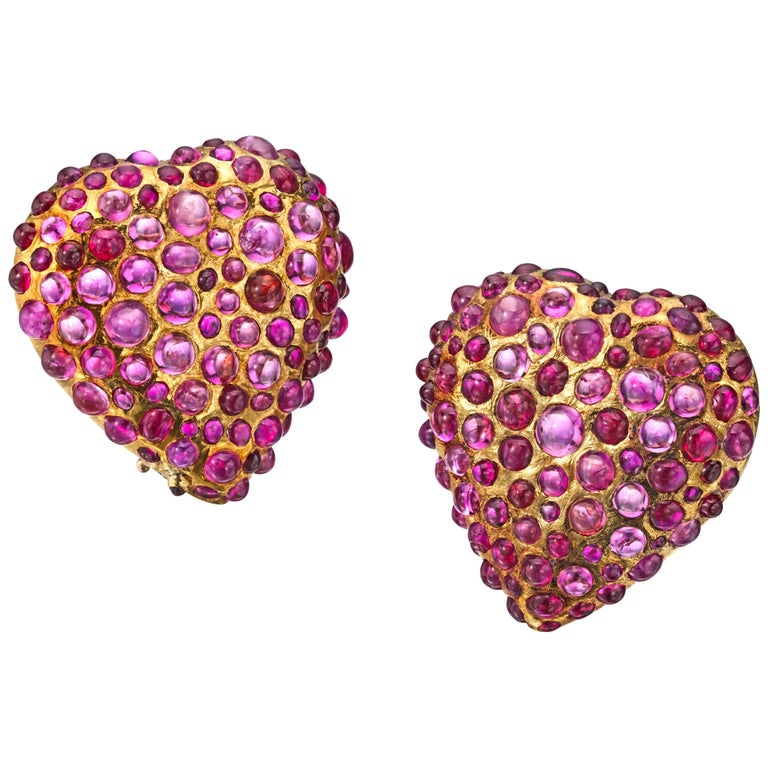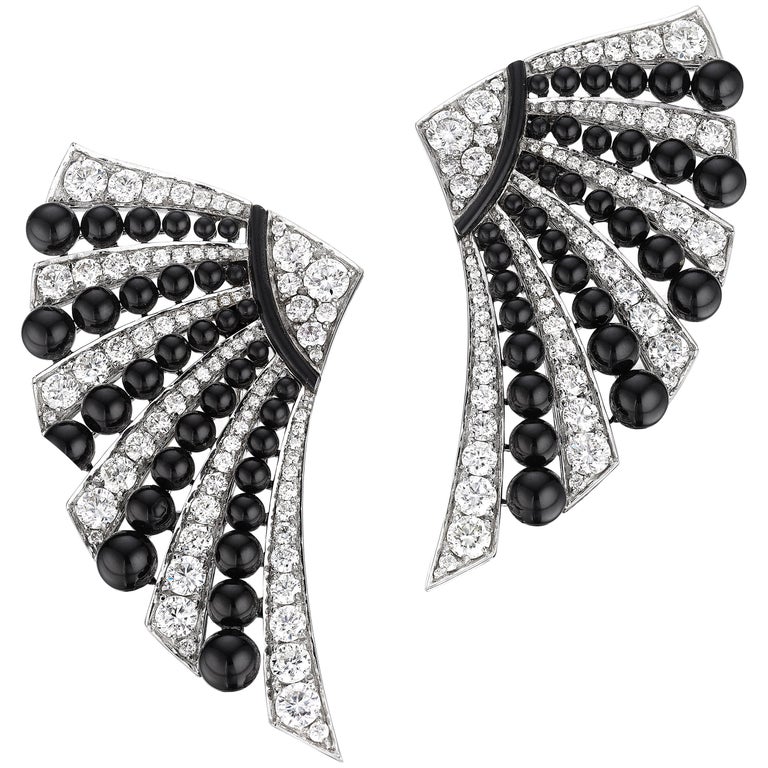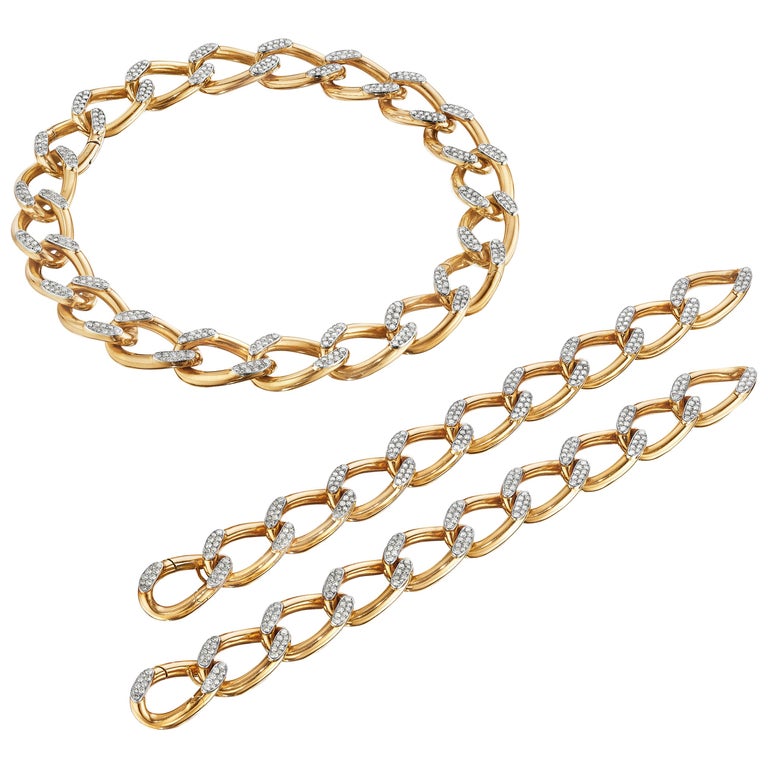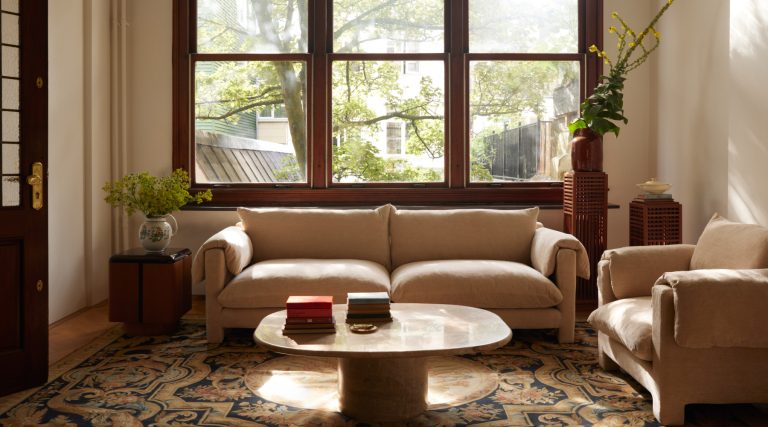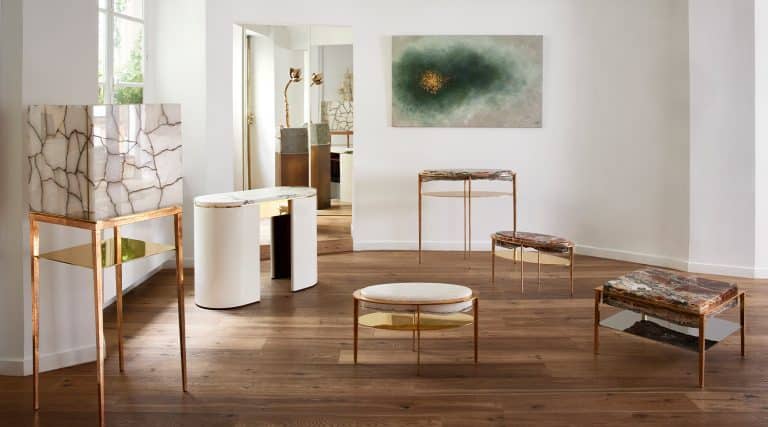January 17, 2021In jewelry lore, there are some dealers who stand above the rest, famed for the astonishing jewels they’ve held in their inventory and the impressive transactions they’ve concluded.
In the early decades of the past century, Pierre Cartier, who ran his family’s New York City flagship, repeatedly made headlines for the important stones and royal jewels he sourced and sold. Among them were a pair of emerald earrings that Emperor Napoléon gave to Empress Joséphine and a strand of 42 black pearls from the collection of the Russian aristocrat Prince Felix Yusupov.
During the mid-20th century, Harry Winston gained celebrity status for his ability to obtain rare treasures — including the Hope Diamond, which he ultimately donated, along with other jewels, to the Smithsonian in Washington, D.C.
New York–based jewelry dealer Lee Siegelson has risen to the ranks of Cartier and Winston since joining his family firm in 1992. Like the legendary dealers before him, he knows every detail of the history of the designs in his possession and includes a full dossier with each important piece he sells.

A rundown of the jewels that have passed through Siegelson’s hands amounts to a list of some of the greatest designs ever created. The treasures span the past 150 years and a range of significant styles. The iconic creations Siegelson has sold include, to name just three, the Duchess of Windsor’s Suzanne Belperron blue chalcedony suite; Princess Mathilde Bonaparte’s late-19th-century 250-carat diamond Mellerio rose brooch; and the custom aquamarine buckle necklace commissioned by Cole Porter for his wife, Linda, and designed by Fulco di Verdura for Paul Flato during the 1930s.
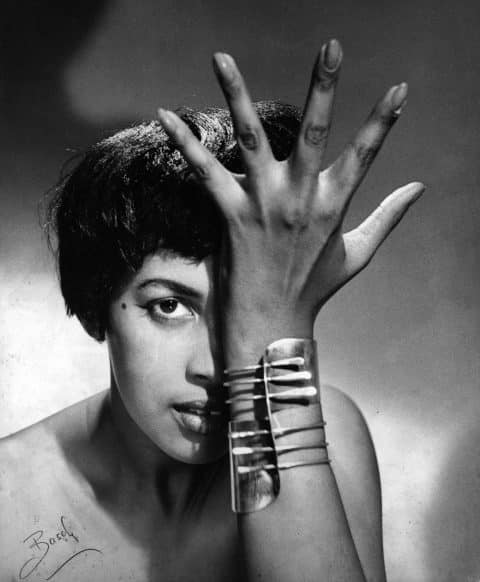
Like Winston, Siegelson has sold and donated several historic pieces to American museums, each a testament to his passion for artistry, innovation and bold design. Among them was a large ruby and amethyst starfish brooch, designed by Juliette Moutard for René Boivin in 1937 and originally owned by Oscar-winning actress Claudette Colbert, that the Museum of Fine Arts, Boston, bought from Siegelson in 2019.
Last year, Siegelson marked the 100th anniversary of his firm by making donations to various institutions. “Museums have had a huge impact on my understanding of jewelry,” he explains. “I wanted to give something back.” Each piece was chosen to complement the collection of the recipient institution. He gave jewels by Alexander Calder to the MFA Boston and the Newark Museum of Art. The Cleveland Museum of Art received a modernist bracelet by Art Smith.
To celebrate the planned (pandemic-delayed) opening this spring of the Mignone Halls of Gems and Minerals at the American Museum of Natural History, in New York, Siegelson has presented the institution with the Organdie necklace designed in 2001 by Michelle Ong for Carnet. The openwork, fully flexible bib is set with more than 110 carats of round and pear-shape rose-cut diamonds.
Introspective sat down with Siegelson to find out more about his history and the jewelry currently in his collection.
What inspired you to join the family business?
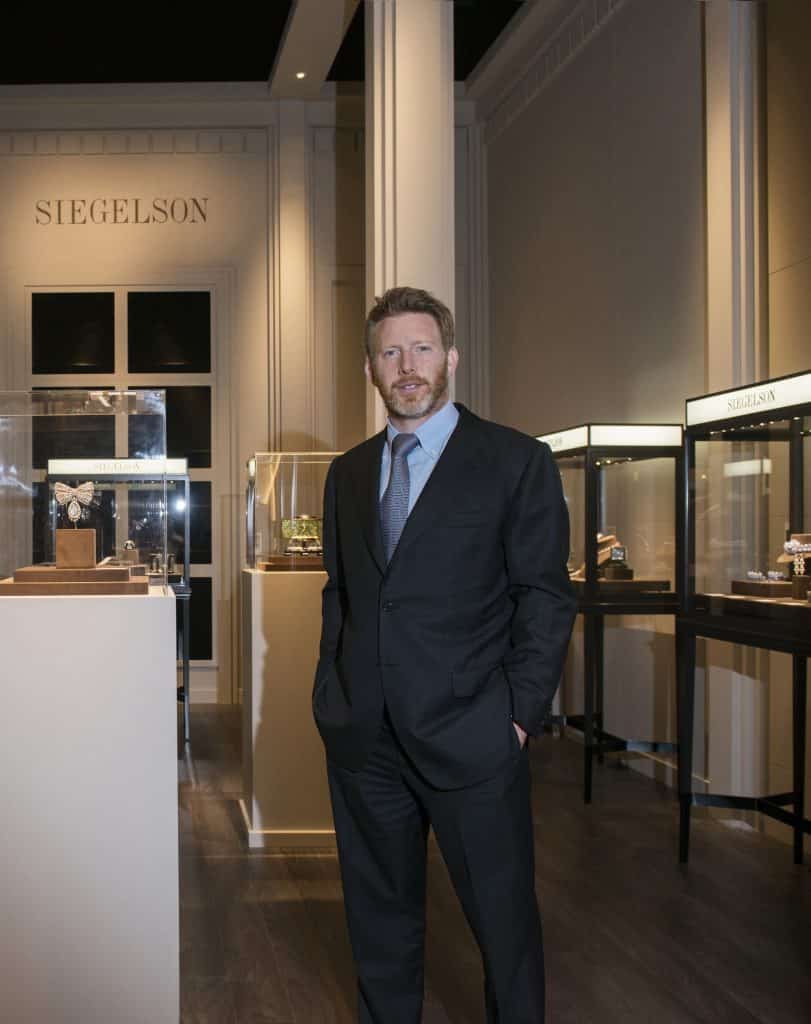
The year I graduated from the University of Colorado at Boulder, my father [Herman, son of firm founder Louis] was sick with cancer, and he said I needed to come in then if I wanted to learn the business. My parents divorced when I was very young, and I grew up with my mother in Michigan. Whenever I visited my father in New York City, the business was always a bit of a mystery to me, but I wanted to be with him, so I joined him.
He had a full storefront in the Diamond District, on Forty-seventh Street between Fifth and Sixth Avenues. Things were very different then than they are today. People would shop for jewelry on Fifth Avenue, Madison Avenue and Forty-seventh Street. Eventually, I moved the company from Forty-seventh Street to an appointment-only salon on Fifth Avenue.
I only had a year to learn the business before my father died. When I took over, I was just twenty-three. It was daunting when I knew so little about it, but I learned the ropes and honed my eye. I feel like attending high school at Cranbrook, in Michigan, gave me a solid background to make aesthetic judgements. Plus, I have always been good with numbers and people. All of those qualities helped me find my way.
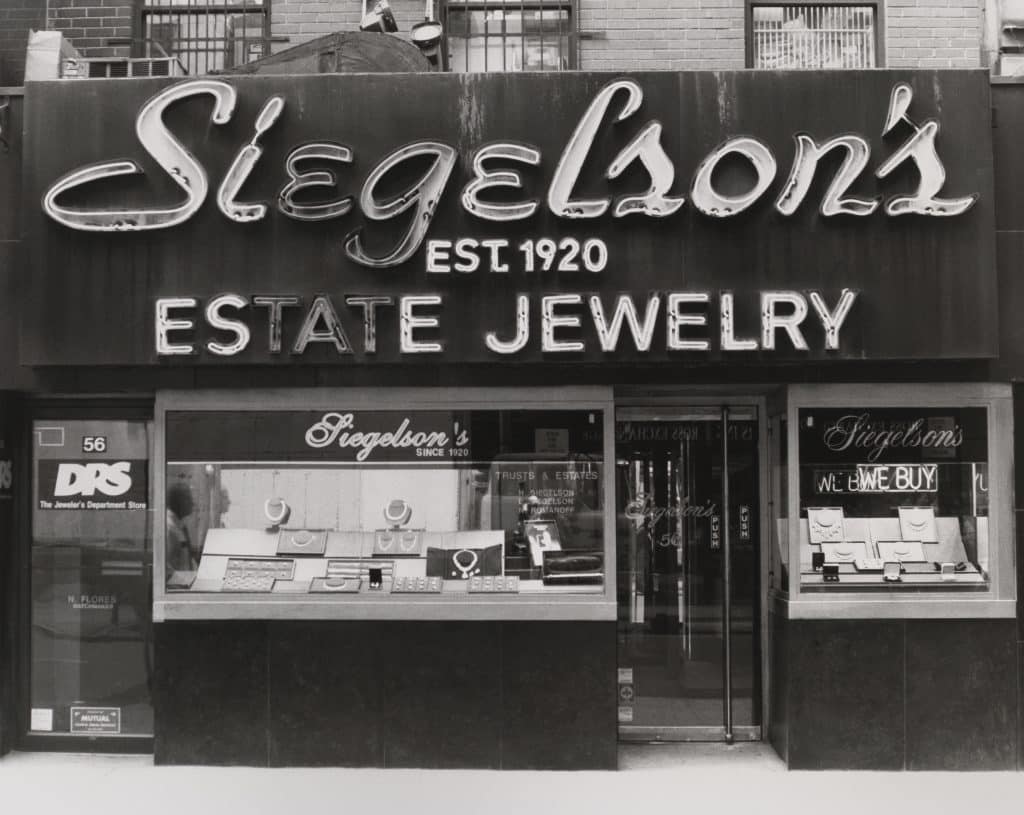
Your inventory has extraordinary range in terms of the periods it covers and the designers you carry. On 1stDibs now, you have everything from a Cartier Art Deco demi-suite to a 1970s bracelet from the Hopi Native American jeweler Charles Loloma. What qualities unite all the pieces you choose?
The pieces represent different styles, but I look at them all with the same filter. I search for jewels that represent the paradigm.
Great jewelry is not just a display of important gems, although the stones are one part of the design. Often, the gems in the jewels have been cut to fit in just that piece, as though the designer was almost painting with stones. Gems in these types of jewels usually can’t be taken out and reset in another piece. They’ve been sacrificed for the design.
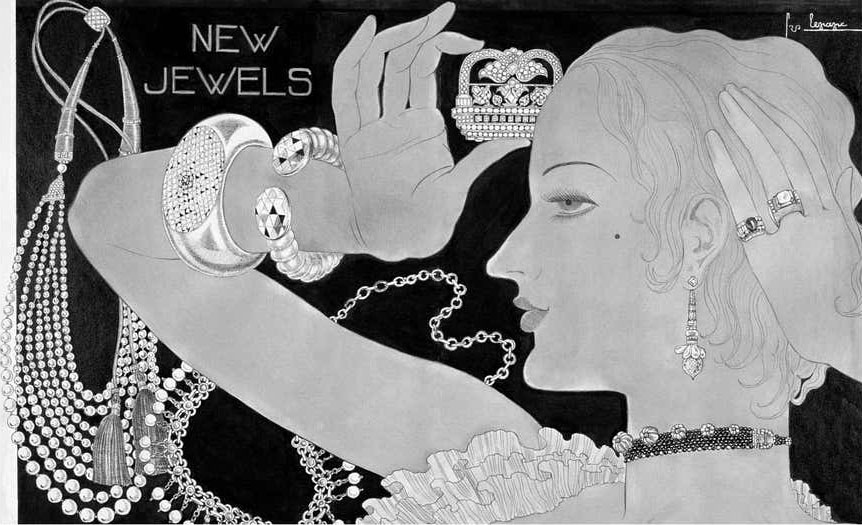
There are several Siegelson original designs on 1stDibs. What inspires the jewels you create, and how often do you make a new piece?
I don’t make jewelry on any kind of production schedule. Often, a jewel is inspired by a beautiful antique stone I’ve purchased. That’s not something you can plan for on a calendar. When a perfect pair of antique-cut, pear-shaped Golconda diamonds or an exceptional pair of kunzites comes across my desk, I often feel inspired to make something that follows the tenets of great Art Deco design. I also have the Chroma collection, which features brightly colored geometric settings that pull out hues from deep within the stones.
What jewels are your clients looking for now?
Many people want jewelry with clean lines and sculptural shapes, usually dating from around 1925 to 1970. Suzanne Belperron’s jewels are high on the list of things people are looking for. They like the color and scale of her work. Jewels from René Boivin also have the mode people want. Pieces from these houses look as modern now as they did when they were made.
How do you help a client build a collection?
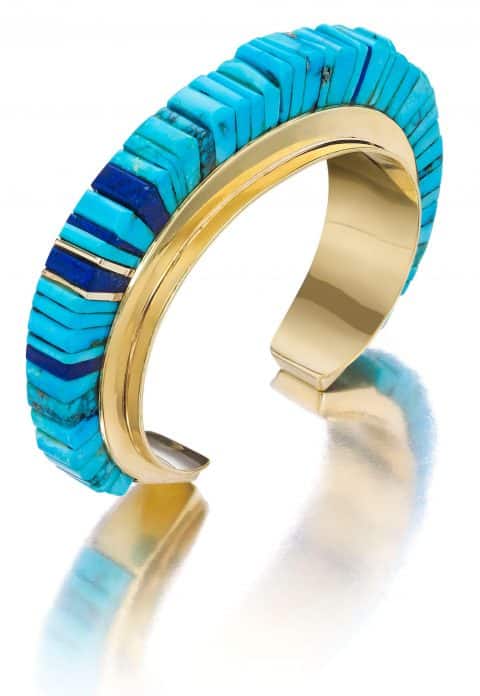
I walk them through the nuances of what makes a great piece from a designer versus an average piece. I’m honest with them about what they’re looking for and the possibilities of finding it.
I try to find things that are valuable that they’re going to be able to wear. Wearability is an important quality to just about everyone. Few people today want jewels that are just going to sit in a safe.
What do you love to sell?
I love selling the sculptural jewelry that clients really enjoy and wear. I also enjoy opening their eyes to different designers, such as Charles Loloma. I think he’s on a par with Cartier, and the pieces are made equally well.
What would be your dream item?
There’s an Art Deco tiara by Raymond Templier. The piece epitomizes the architectural boldness of Art Deco glamour. It gets a great close-up in the 1928 movie L’Argent on the German actress Brigitte Helm, who plays a baroness and spy.
What do you regret having parted with?
I don’t lose sleep over it, but I wish I still had the Princess Mathilde rose brooch. I enjoyed being a custodian of that jewel.
